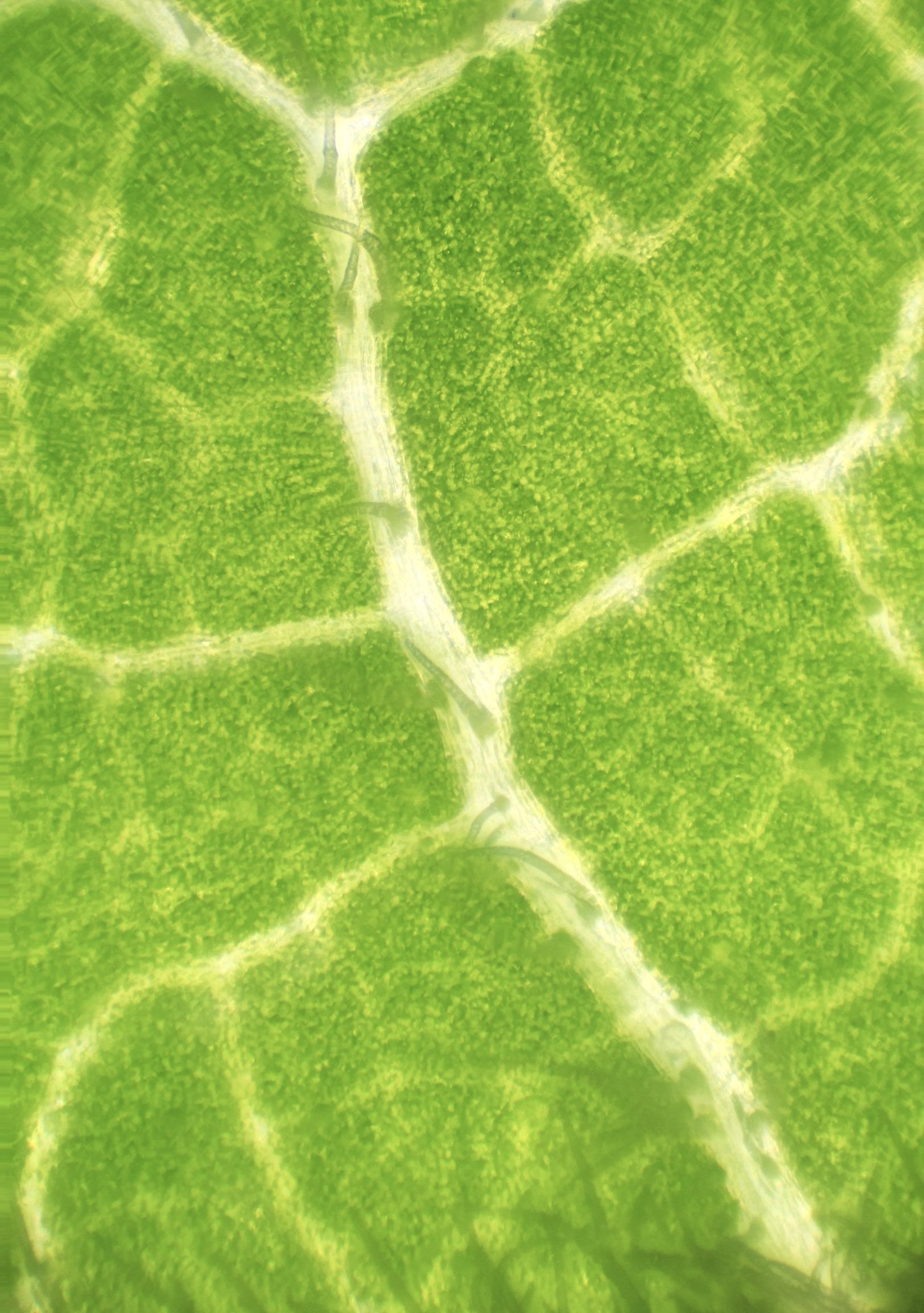Unveiling the Beauty of Leaf Veins: A Journey Through Constructal Theory
Nature has always mesmerized us with its intricate and awe-inspiring designs, and one such wonder can be found in the delicate network of leaf veins. The intricate patterns formed by these veins not only serve a functional purpose but also embody a fascinating principle known as constructal theory. In this blog post, we will delve into the world of leaf veins and explore how constructal theory provides insights into their formation and evolution.
Leaf veins play a crucial role in the survival of plants. They act as a transportation system, facilitating the movement of water, nutrients, and sugars throughout the leaf. This intricate network ensures that every part of the leaf receives the necessary resources for photosynthesis, growth, and overall metabolic processes.
The veins in a leaf consist of two main types: the larger, central veins called the midrib and the smaller, branching veins known as secondary veins. These secondary veins form an intricate hierarchical network that spans the entire leaf, creating a pattern unique to each species.
Constructal Theory: Flow Systems in Nature
Constructal theory, proposed by Professor Adrian Bejan, is a fundamental principle that describes the evolution of flow systems in nature. It suggests that the configuration of flow systems, such as blood vessels, river networks, and, in our case, leaf veins, is not random but follows a design that maximizes the flow of fluids or energy.
The theory is based on the notion that the evolution of flow systems is driven by the need to reduce flow resistance and improve overall efficiency. In other words, natural systems tend to organize themselves in a way that allows for the easiest and most efficient flow of resources.
Leaf Veins and Constructal Theory
Applying constructal theory to the study of leaf veins, we can observe a remarkable similarity in their patterns and organization. The hierarchical branching of secondary veins within a leaf follows the same principle seen in various other natural flow systems.
The constructal theory predicts that the optimal flow distribution within a leaf network is achieved when the veins form a tree-like structure. This means that the branching angles, lengths, and diameters of the veins are optimized to maximize fluid flow and minimize resistance.
In a leaf, the central midrib represents the main trunk of the tree, from which secondary veins branch out. These secondary veins further bifurcate into tertiary veins, and the process continues, forming an intricate and efficient network that reaches every part of the leaf. This hierarchical branching pattern allows for an even distribution of resources, ensuring that no area of the leaf is deprived of essential nutrients and water.
The Beauty of Leaf Veins and Constructal Theory
The convergence of leaf vein patterns and constructal theory highlights the innate efficiency and elegance of nature's design. By embracing the principle of least resistance and optimizing the distribution of resources, plants have evolved to maximize their potential for growth and survival.
Moreover, the intricate patterns formed by leaf veins also showcase the mesmerizing beauty of nature's handiwork. From the delicate, parallel veins of a Ginkgo leaf to the intricate reticulated patterns of a fern frond, each leaf unveils a unique artwork that tells the story of its evolutionary journey.
The study of leaf veins and their relationship with constructal theory offers us valuable insights into the fundamental principles underlying the design and efficiency of natural flow systems. As we unravel the mysteries of leaf veins, we deepen our appreciation for the interconnectedness and harmony that exists in the world of nature.
Next time you observe the veins on a leaf, take a moment to reflect on the marvelous dance between constructal theory and the optimization of fluid flow. Let the intricate patterns of these natural wonders remind you of the elegance and efficiency that permeate the fabric of our world.
References:
Bejan, A. (2000). Shape and structure, from engineering to nature. Cambridge University Press.
West, G. B., Brown, J. H., & Enquist, B. J. (1999). A general model for the origin of allometric scaling laws in biology. Science, 284(5422), 1677-1679.
Photomicrographs by Jehnifer Henderson. Leaf veins under the microscope at 4x, 8x, and 20x magnification.






